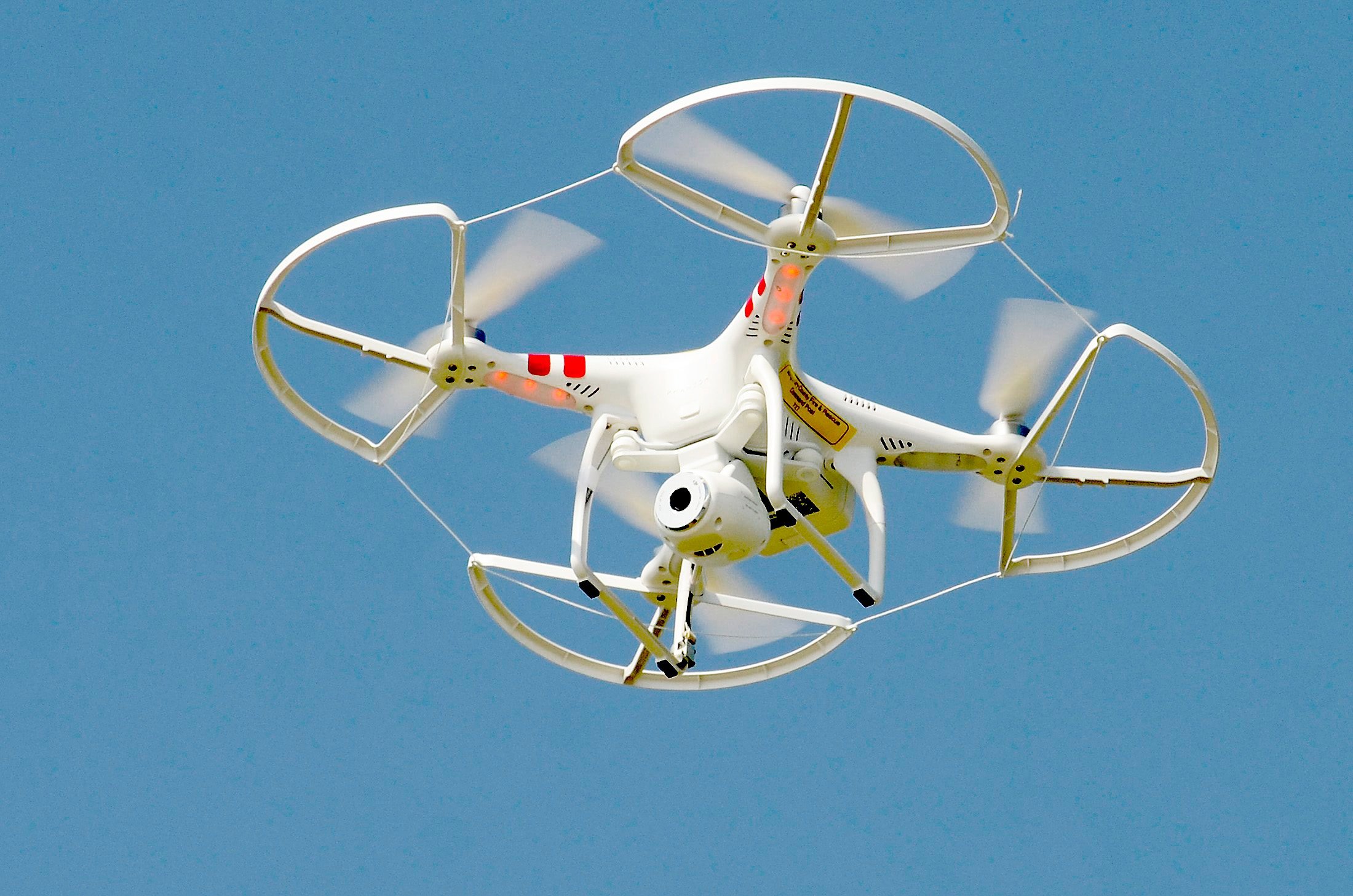
Defining 24 Operational Safety Objectives for UAS Operations
Unmanned Aircraft Systems (UAS) are reshaping aviation, enabling tasks from infrastructure inspections to emergency deliveries. However, their safe integration into airspace hinges on robust risk management.
The Specific Operations Risk Assessment (SORA), developed by the Joint Authorities for Rulemaking on Unmanned Systems (JARUS), is a cornerstone framework for UAS safety, particularly in EASA’s Specific category. Central to SORA are its 24 Operational Safety Objectives (OSOs), which define the safety measures operators must implement to mitigate risks.
For aviation safety managers, professionals, and accountable executives, understanding and applying these OSOs is critical to achieving regulatory compliance and operational safety. This article defines each of SORA’s 24 OSOs, grouped by technical, operational, and organizational categories, and provides practical guidance for implementation. By leveraging tools like SMS Pro’s safety management modules, operators can streamline OSO compliance and enhance UAS safety. Let’s dive into the OSOs and how they shape safer skies.
What Are SORA’s Operational Safety Objectives?
SORA’s OSOs are specific safety requirements that UAS operators must meet to ensure safe operations in the Specific category, where risks exceed the Open category but don’t require certification like the Certified category. These 24 objectives, outlined in JARUS SORA Annex E, address technical, operational, and organizational aspects of UAS operations, tailored to the Ground Risk Class (GRC) and Air Risk Class (ARC) determined during the risk assessment process.
Each OSO is assigned a robustness level—low, medium, or high—based on the operation’s risk profile. For example, a low-risk rural inspection (GRC 1, ARC-a) may require low-robustness OSOs, while a high-risk urban delivery (GRC 6, ARC-c) demands high-robustness measures. OSOs cover areas like airworthiness, pilot competency, and emergency procedures, ensuring comprehensive risk mitigation. Implementing OSOs effectively requires structured processes, as detailed in control measure strategies.
SMS Pro’s Safety Assurance tools support OSO compliance by tracking audits, training, and performance metrics, aligning with EASA’s requirements. The following sections define the 24 OSOs, grouped for clarity, with practical insights for aviation safety professionals.
Technical OSOs: Ensuring UAS Airworthiness and Reliability
Technical OSOs focus on the UAS’s design, maintenance, and operational integrity, ensuring the system is safe and reliable. These objectives are critical for mitigating risks like system failures or navigation errors, which can impact GRC and ARC.
- OSO #01: Airworthiness – Verify the UAS meets design and manufacturing standards, ensuring structural integrity and reliability.
- OSO #02: Containment – Ensure the UAS stays within its operational volume using geofencing or altitude limits.
- OSO #03: Safe Design – Incorporate fail-safe features like redundant systems to prevent critical failures.
- OSO #04: Maintenance – Implement regular maintenance schedules to ensure ongoing airworthiness.
- OSO #05: Software Integrity – Validate software (e.g., flight control systems) to prevent errors or vulnerabilities.
- OSO #06: Power Supply – Ensure reliable power sources, such as batteries, meet operational demands.
- OSO #07: Navigation – Verify navigation systems (e.g., GPS, INS) are accurate and resilient to interference.
- OSO #08: External Systems – Ensure compatibility with external systems like transponders or C2 links.
For example, a utility operator using UAS for infrastructure inspections must maintain batteries (OSO #06) to prevent mid-flight failures, impacting GRC. SMS Pro’s maintenance tracking tools, part of its Risk Management suite, automate compliance with OSO #04. Regular audits, as outlined in audit best practices, ensure technical OSOs are met.
Operational OSOs: Enhancing Pilot Competency and Procedures
Operational OSOs address pilot training, operational planning, and contingency measures, ensuring safe execution of UAS missions. These objectives are vital for managing human factors and operational risks.
- OSO #09: Pilot Competency – Ensure pilots are trained for the specific operation, including emergency scenarios.
- OSO #10: Operational Procedures – Develop standardized procedures for pre-flight, flight, and post-flight activities.
- OSO #11: Training Plan – Implement a training program tailored to the operation’s complexity.
- OSO #12: Crew Coordination – Ensure effective communication among pilots, observers, and support staff.
- OSO #13: Operating Environment – Assess environmental factors (e.g., weather, terrain) before operations.
- OSO #14: Contingency Procedures – Define actions for off-nominal events, like loss of communication.
- OSO #15: Emergency Procedures – Establish protocols for critical failures, such as crash response plans.
- OSO #16: Human Factors – Address fatigue, stress, and distraction to enhance pilot performance.
An airport using UAS for runway inspections must train pilots (OSO #09) to handle near-airport operations, reducing ARC. SMS Pro’s training management, detailed at aviation safety training resources, supports OSO #11 compliance. Human factors considerations are critical for OSO #16, ensuring pilots remain vigilant.
Organizational OSOs: Building a Robust Safety Management System
Organizational OSOs focus on the operator’s safety culture, resource allocation, and oversight, ensuring a systemic approach to UAS safety. These objectives align with aviation SMS principles.
- OSO #17: Safety Management – Implement a safety management system to monitor and improve safety.
- OSO #18: Organizational Structure – Define roles and responsibilities for safety oversight.
- OSO #19: Resource Allocation – Provide adequate personnel, equipment, and funding for safety.
- OSO #20: Safety Policy – Establish a clear safety policy endorsed by leadership.
- OSO #21: Safety Culture – Foster a proactive safety culture through reporting and training.
- OSO #22: Quality Assurance – Conduct regular audits to verify compliance and effectiveness.
- OSO #23: Documentation – Maintain comprehensive records of safety processes and outcomes.
- OSO #24: External Interfaces – Coordinate with stakeholders like air traffic control or regulators.
A UAS operator conducting urban deliveries must foster a safety culture (OSO #21) to ensure compliance. SMS Pro’s Safety Promotion tools support OSO #21 through safety meetings, safety surveys and newsletters. Safety culture characteristics guide OSO #21 implementation, while SKYbrary’s safety management resources (SKYbrary SMS) offer further insights.
Conclusion: Achieving UAS Safety with SORA’s OSOs and SMS Pro
SORA’s 24 OSOs provide a comprehensive roadmap for safe UAS operations, addressing technical, operational, and organizational risks. By implementing these objectives with rigor, aviation safety professionals can achieve EASA compliance and reduce incidents. SMS Pro’s integrated modules streamline OSO compliance, from maintenance tracking to safety culture promotion, empowering operators to excel in the Specific category.
Explore SMS Pro’s capabilities at asms-pro.com. Download free tools, like our UAS FRAT checklist, at SMS Pro resources, or schedule a demo to align your UAS program with SORA. For additional guidance, EASA’s SORA documentation (EASA SORA) and FAA’s UAS safety guidelines (FAA UAS) provide valuable context.
Take the Next Step in UAS Safety
Ready to implement SORA’s OSOs? Discover SMS Pro’s safety management tools and build a compliant UAS program today.





